Fashion magazines are a lot like a staple item in our wardrobe, except that we don’t wear them. Any woman even slightly interested in fashion would not miss the opportunity to take a look and flip pages of these magazines while sitting in the waiting room. As for women with a deep-rooted interest in fashion, these magazines are as close as they can get to a biblical reference. Thus, it’s only justice to take a look at some of today’s fashion magazine giants in the previous century to see how far we’ve gone and how much further we can go
VOGUE
The giant of fashion magazines, Vogue was established in 1892 by Arthur Turnure. At first, Turnure intended Vogue to be a weekly publication for socialites and elites to keep up with high society events and happenings. The issues ranged from topics such as music, literature, and arts, to animal rights and social parties. Fashion was only briefly mentioned in every issue, mostly to give advice as to what was appropriate to wear to which party. To put it simply, back then Vogue was nothing like what you see today.
First-Ever Vogue, published in 1892 from CBS News
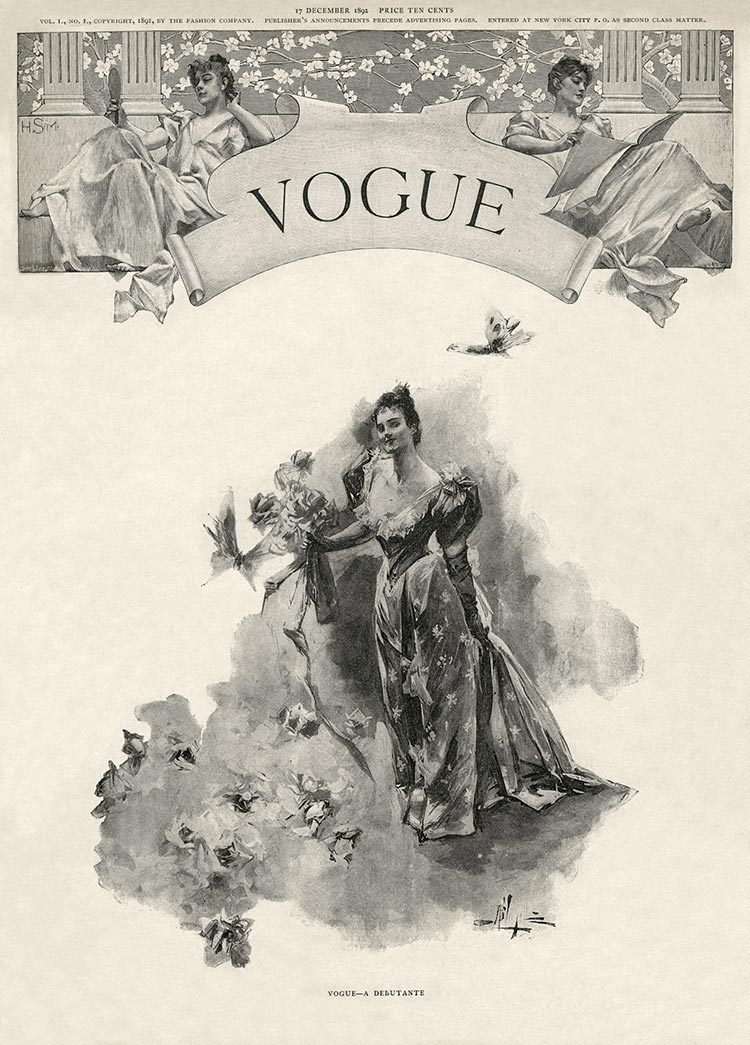
Things changed rather drastically when Condé Nast (the “Mad Man” of his era) bought the magazine in 1909. Knowing the high-end audience Vogue had, he transformed the magazine to focus a different direction; the direction of fashion that we see mirrored in the copies of Vogue today. With his target audience in mind, he shaped up Vogue to be exclusive and classy in all respects. He demanded that the covers be illustrated by the best artists in the prevailing era, and maintained the aim of the magazine for the elites. This has made Vogue a notable art movement in its own right, featuring beautiful covers illustrated by selected artists.
Condé Nast spread the wings of Vogue to the UK in 1916 and has since become one of UK’s top leading fashion magazines. The covers and direction of each edition of Vogue are highly dependent on the editorial staff and culture in each different country. Some notable editors-in-chief of Vogue from the previous era include Diana Vreeland (US), Grace Mirabella (US), Franca Sozzani (Italy), Alexandra Shulman (UK), and Anna Wintour (US). Today, Vogue is perceived by many to be the most influential fashion magazine and fashion reference by many enthusiasts.
First Issue of Vogue with Colour Photograph as Cover, in Vogue US July 1932 from Condé Nast Store
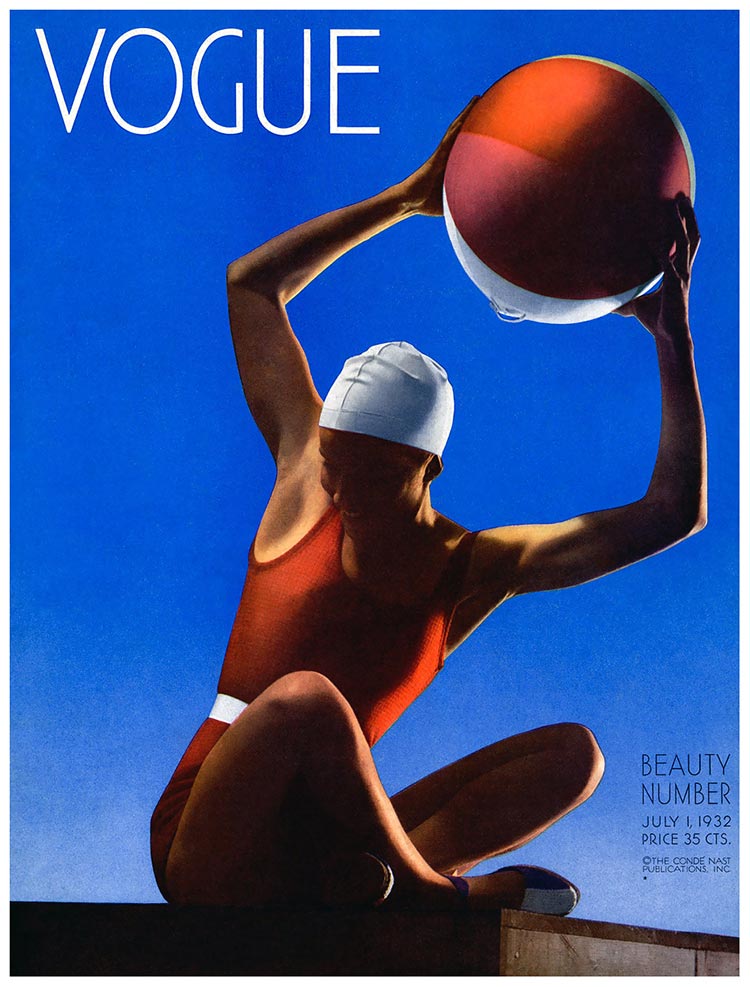
Cover of Vogue UK, June 1950 Issue from Vogue UK
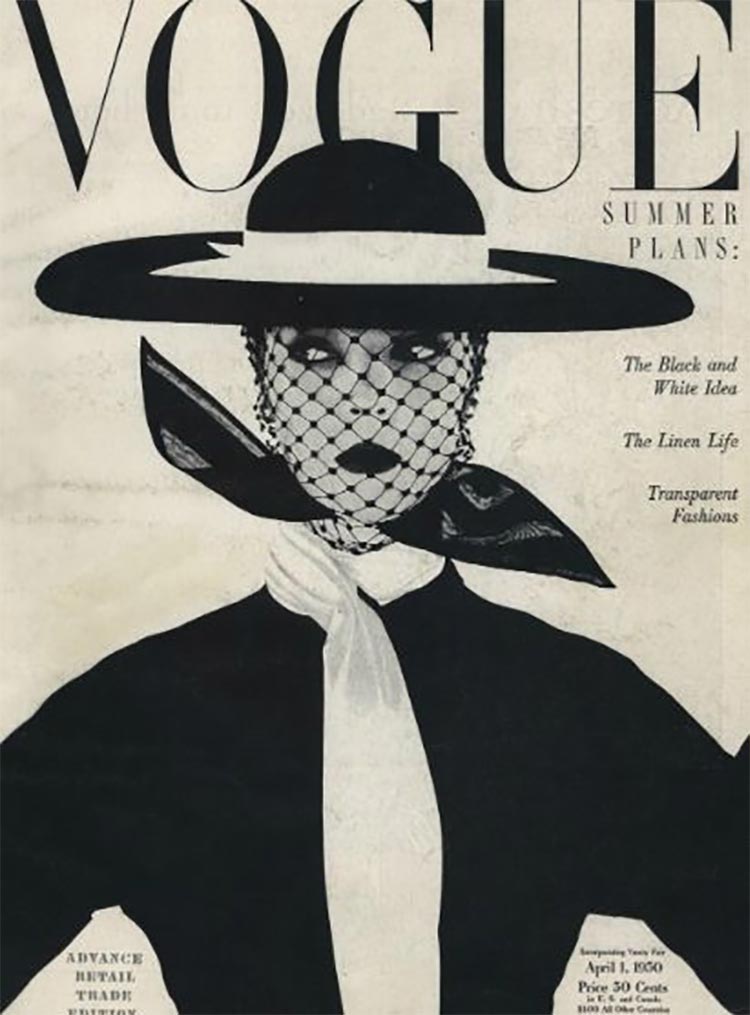
First Vogue US Cover under Editor-in-Chief Anna Wintour, November 1988 Issue from CBS News
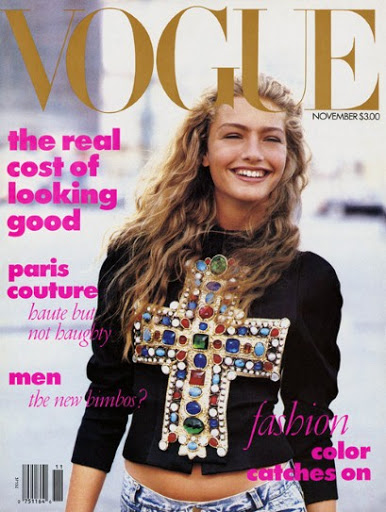
Provocative Vogue UK cover under Editor-in-Chief Alexandra Shulman, January 1995 Issue from Vogue UK
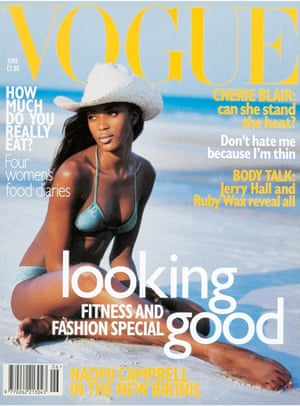
ELLE
Named as one of the best selling fashion magazines in the world, Elle was established in 1945 by Pierre Lazareff and wife Hélène Gordon. Founded in France, the magazine title is French for “she”.
Cover of First Elle Magazine, 1945 from Le Journal
Back in the day, Elle was a weekly publication that provided readers with focused article writing and fashion images. It stood out from its competition because it gave lengthy coverage of certain topics, aside from the photography and fashion trends. This distinguished Elle from other fashion magazines; Elle provided something to read, as well as something to look at. As Gordon started to contribute to Harper’s Bazaar and the New York Times, she gave more insights and broader context to Elle with topics such as feminism and freedom. She also implemented better graphics and layouts for the magazine over the course of years.
Around 1981, Elle was purchased by Daniel Filipacchi and Jean-Luc Lagardère. Elle then launched its first English edition in 1983, which welcomed great success. By 1985, Elle had established the US and UK editions, which ran six-monthly issues. Over the course of time, Elle had covered countries with the most influence in fashion; namely France, the US, the UK, and Italy. After that, Elle continued the spread throughout Latin America, Asia, and Africa. As of 2012, Elle has around 21 million readers around the world with 200,000 monthly subscribers.
Elle Cover in 1952 from Le Journal
First Elle UK Cover in November 1985 Featuring Model Yasmin Le Bon from Yasmin Le Bon Official
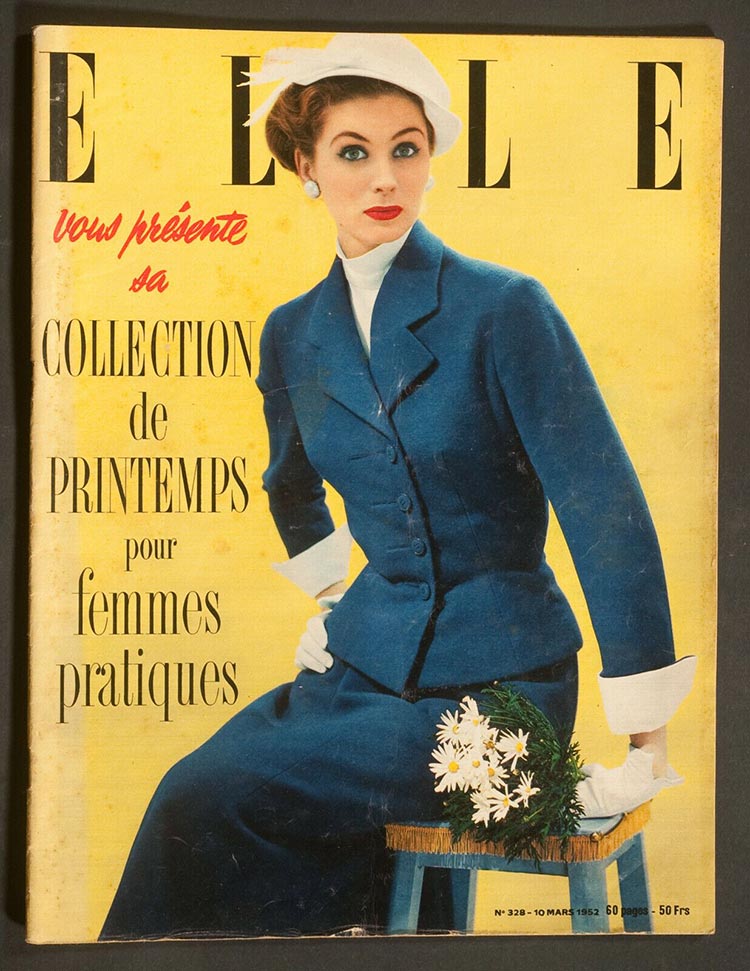
HARPER’S BAZAAR
The oldest American fashion magazine established in 1867, Harper’s Bazaar was founded by Harper and Brothers who also gave birth to Harper’s Magazine and HarperCollins Publishing. At its inception, Harper’s Bazaar was a weekly newspaper publication that catered to middle and upper middle-class women focusing on fashion advice and women’s interest, ranging from table etiquette to gardening. It has adopted the image-article format that fashion magazines use today since the beginning of its publication.
First Issue of Harper’s Bazaar, Published November 1867 from Harper’s Bazaar
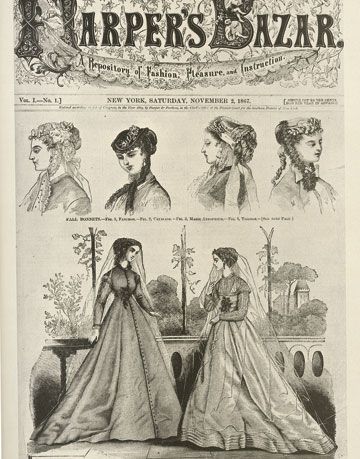
It wasn’t until 1901 that Harper’s Bazaar turned into a monthly publication magazine, targeting upper-middle and upper-class women. Harper’s Bazaar was famous for featuring photographs, illustrations, and works by revered artists. Some noteworthy names have graced the cover over the years, including Andy Warhol for the pop art movement, photography by Inez van Lamsweerde and Patrick Demarchelier, alongside poets and writers from each different era.
Harper’s Bazaar released its debut UK edition issue in October 1929. During the first few years, the UK edition mainly targeted British aristocrats and high society lifestyle. But, as the era progressed and the consumers’ interest began to shift, the focus of the magazine shifted too. Harper’s Bazaar started to cover broad-ranging topics that captured the interest of larger audiences, featuring content on art, fashion accessories, runway shows and beauty.
The content presented in Harper’s Bazaar had been designed to cater to the needs of women, in order to appear sharp and sophisticated. Over the course of years, the magazine slightly shifted its target audience again to reflect professional women who “spend their own money” (contrary to other fashion magazines that mostly targeted luxury-craving audience). This has affected the style of Harper’s Bazaar, with the editorials mostly covering fashion advice for career women, thus making Harper’s Bazaar the go-to publication for the sophisticated, sharp and independent woman. Today, Harper’s Bazaar is owned by Hearst Corporation and had 28 international editions spread throughout the world.
Harper’s Bazaar July 1956 Issue under Artistic Director Alexey Brodovitch from Harper’s Bazaar
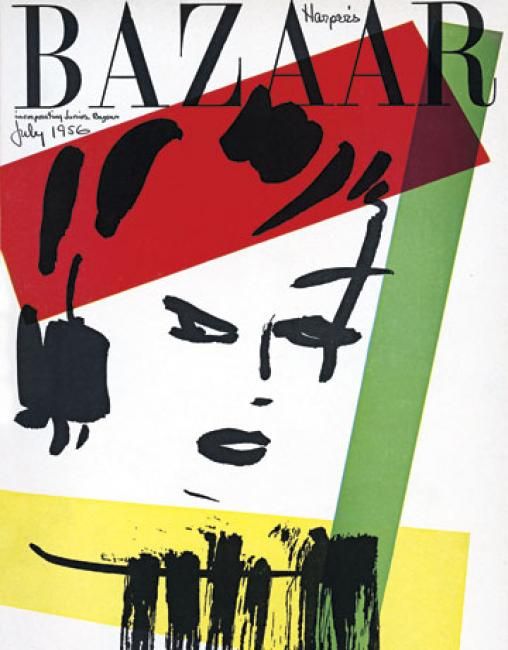
Cover of Harper’s Bazaar UK First Issue, Published October 1929 from I Am Fashion
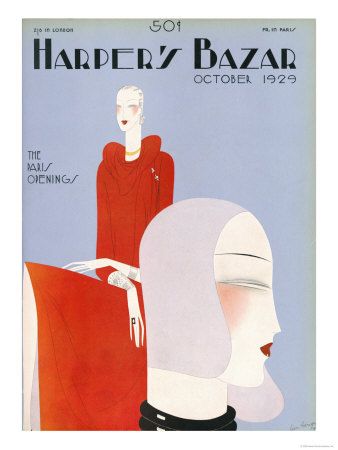
GLAMOUR
As the name implies, the focus of this magazine has always been on… well, the glamorous side of women’s lives! Following the years after its inception in 1939, the magazine’s focus was mostly on the glamorous side of acting and Hollywood, hence the original title, “Glamour of Hollywood“. As the magazine started to gather attention and earned more exposure, broader topics were included in the pages: beauty, female empowerment, health, sex, gossip, and more. As a result of the magazine deviating from the original Hollywood focus, the Hollywood part of the title was later dropped to reveal the Glamour we know today.
First Issue of Glamour Featuring Hollywood Actress Ann Sheridan in 1939, from Huffington Post
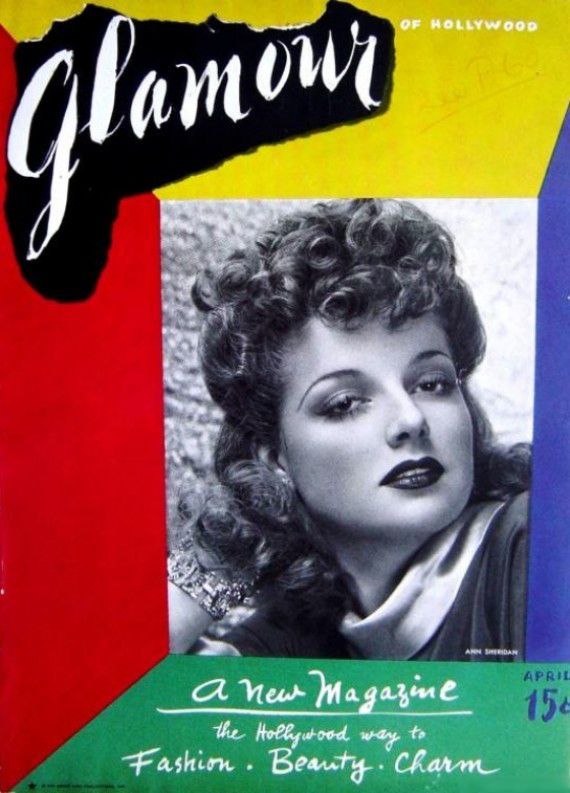
Glamour appealed at first because it was accessible and didn’t specifically target women from any social or economic class. It gave insights into the lives of Hollywood stars, which – at that time – was pretty much inaccessible and also hard to grasp for ordinary women. Unlike other highly coveted fashion magazines that only featured high-end items and catered to most upper-class women’s needs, Glamour provided features and news not exclusive to any particular class. As the magazine evolved, more informational articles and advice were given, broadening its readership even further.
The evolution of Glamour enjoyed a close synergy with women’s status in society, as well as the empowerment of women. As women become more exposed to choices and won small victories that would allow them to take control of their own lives, Glamour also tried to cover more topics that would fit the interest and informational craving. Most issues of Glamour in the previous century covered female empowerment in the form of style tips, fashion trends, healthy living, and sexual relationship advice. Today, the magazine still follows the same format and direction.
Cover of Glamour in April 1943 Issue from Chronically Vintage
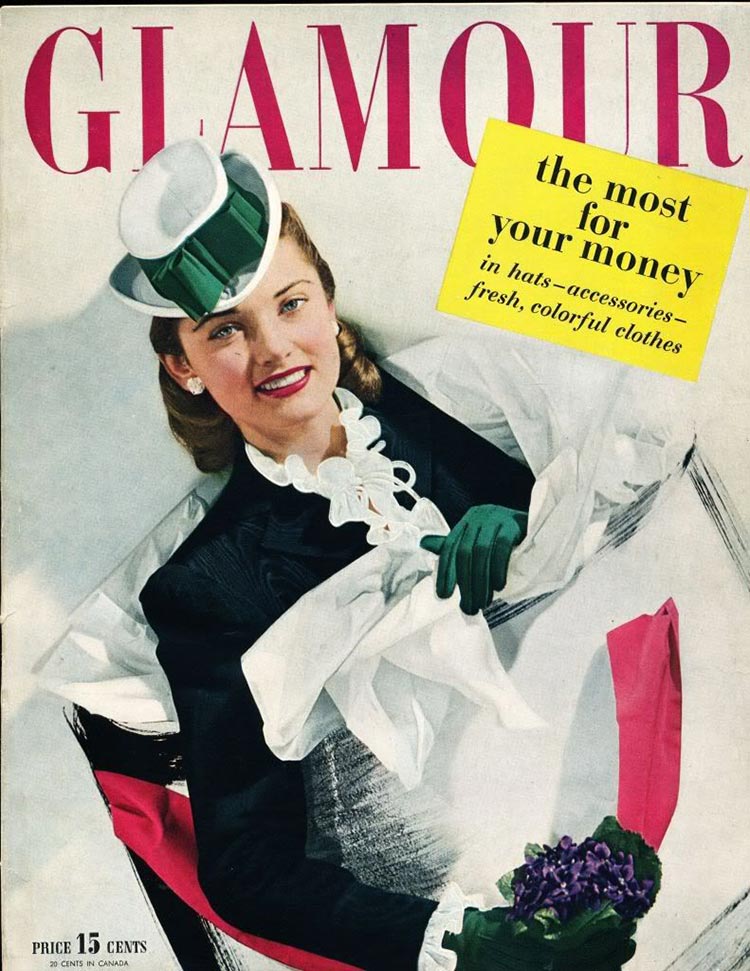
Cover of Glamour in January 1971 Issue from The New Inquiry
Love Sophia Loren
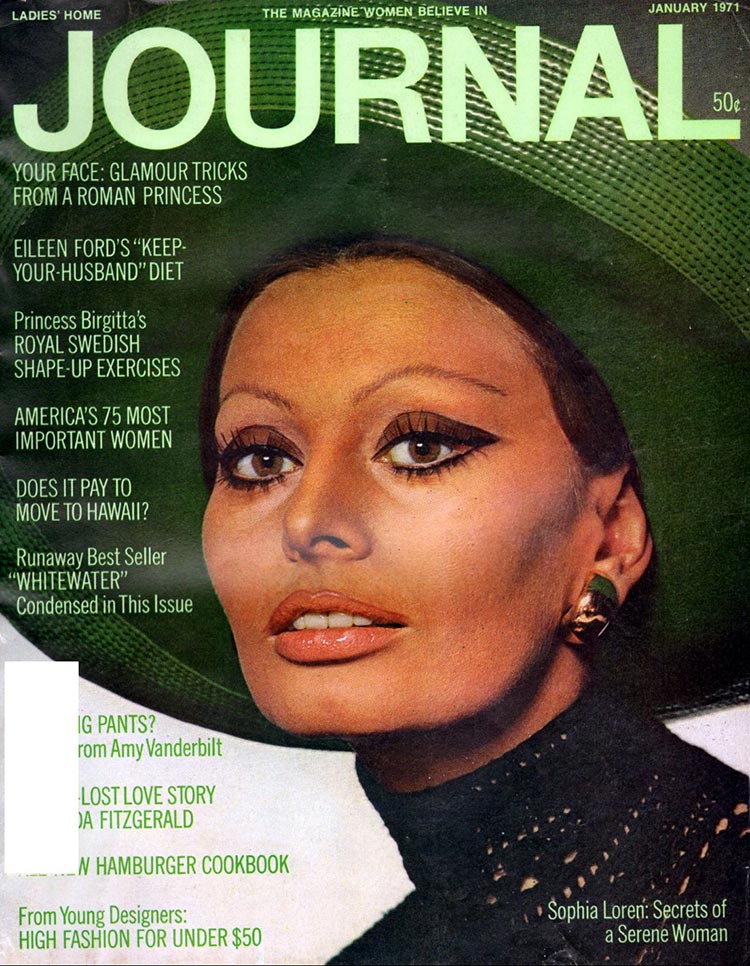

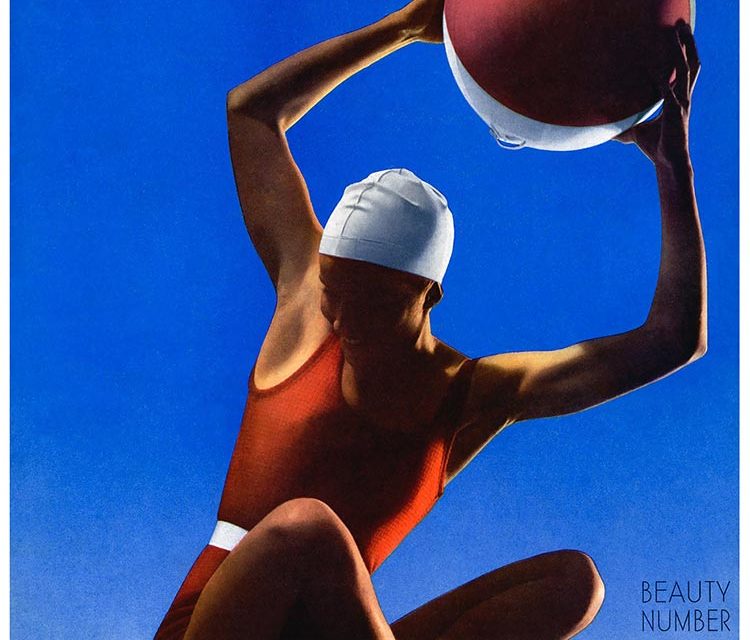

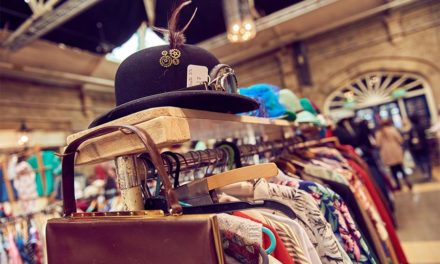

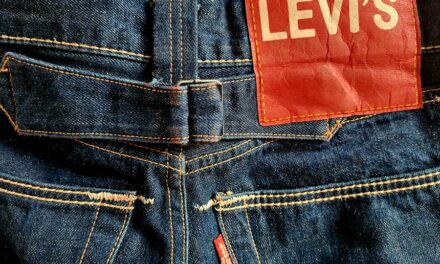
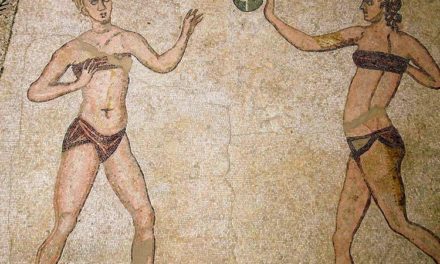
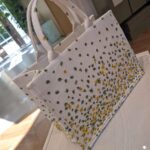



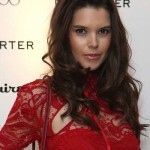

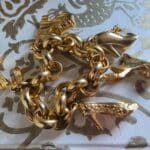

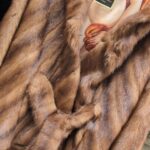

You must be logged in to post a comment.